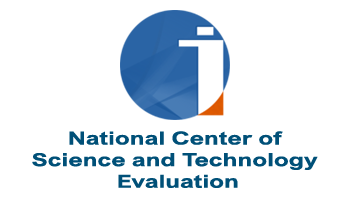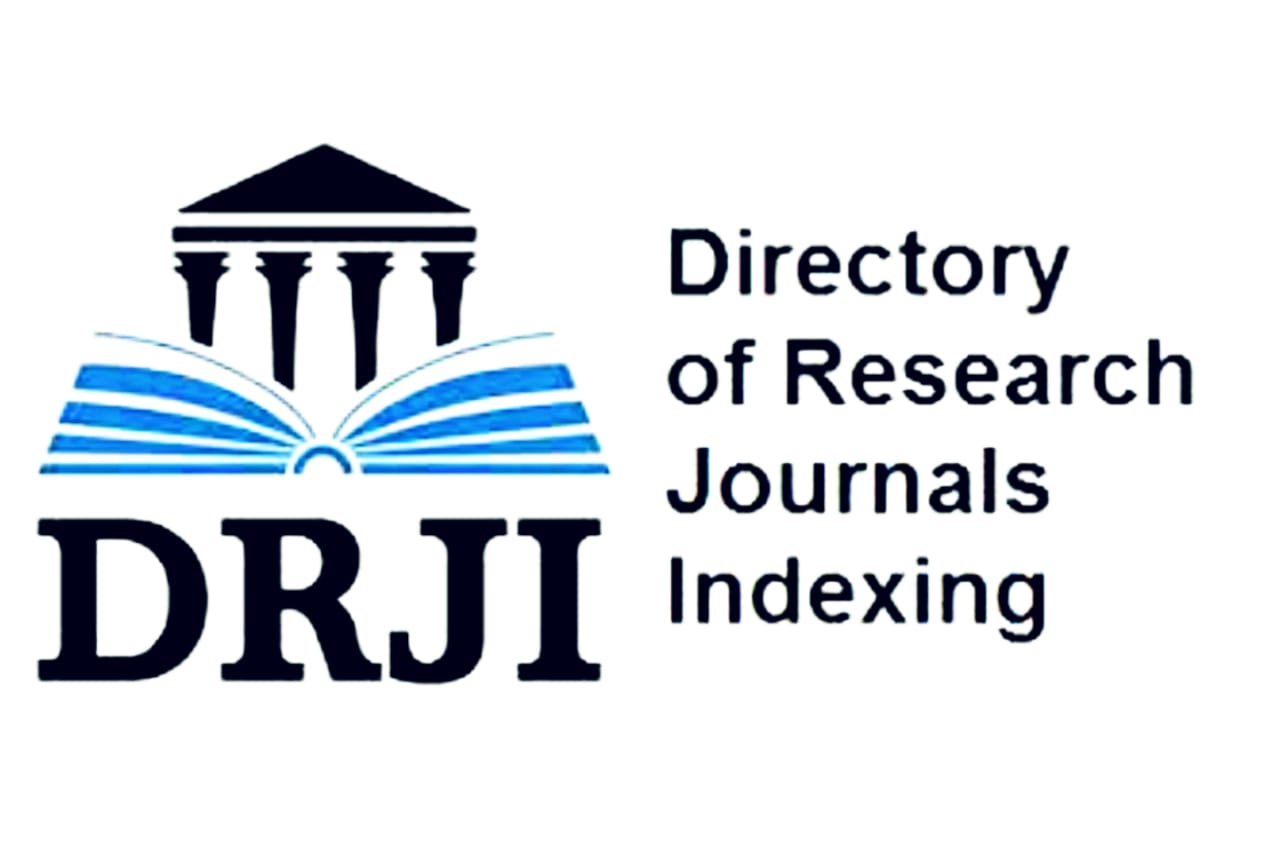Comparison of seven genomic DNA isolation techniques from internal organs, gills and muscle tissues of Notopterus notopterus (Notopteridae) using PCR amplification and Nanodrop
DOI:
https://doi.org/10.26577/ijbch.2023.v16.i1.01Abstract
The techniques and the principles used in DNA isolation play a vital role in the obtaining of a purified genetic material. In present study, we investigated the efficiency of seven genomic DNA isolation techniques in terms of isolated DNA concentration, yield and purity from internal organs, gills and muscle tissues of Notopterus notopterus. Isolated DNA quality was analysed through Nanodrod and PCR using mitochondrial COI genetic markers. Results showed that GeneJET Genomic DNA Purification Kit was found significantly higher in terms of isolated DNA concentration (1200-1288 ng.ul-1), yield (257.6 ng.ul-1) and purity (1.91-2.00), and also successful in PCR amplification as compared to other evaluated six traditional DNA isolation methods. The nucleotide minimum bands range was observed 200 base pairs in heart sample and maximum 600 base pair was observed in intestine. There is no data on description of parameters analysed in this work to date, neither the evaluation of isolated DNA using PCR amplification of mitochondrial COI gene for the species N. notopterus. Present study also revealed that the traditional DNA isolation methods are the secondary choice for isolation of DNA. The data of present study also indicated that the GeneJET Genomic DNA Purification Kit is useful for DNA isolation and can be used best in genetic applications for fishes.
Downloads
How to Cite
Issue
Section
License
Copyright (c) 2023 International Journal of Biology and Chemistry

This work is licensed under a Creative Commons Attribution-NonCommercial-NoDerivatives 4.0 International License.
ааа

















